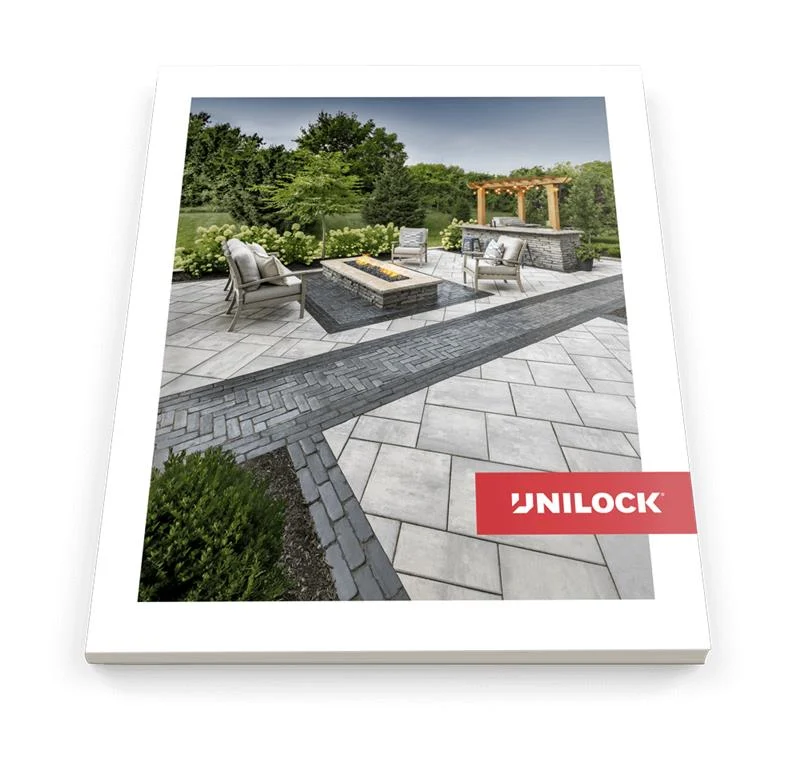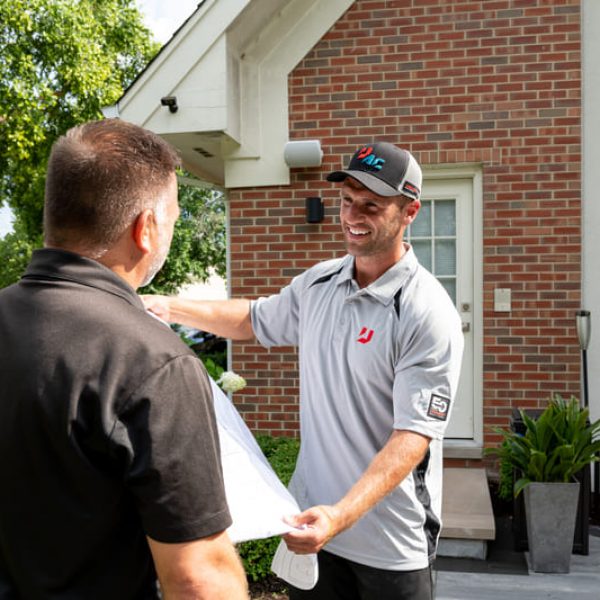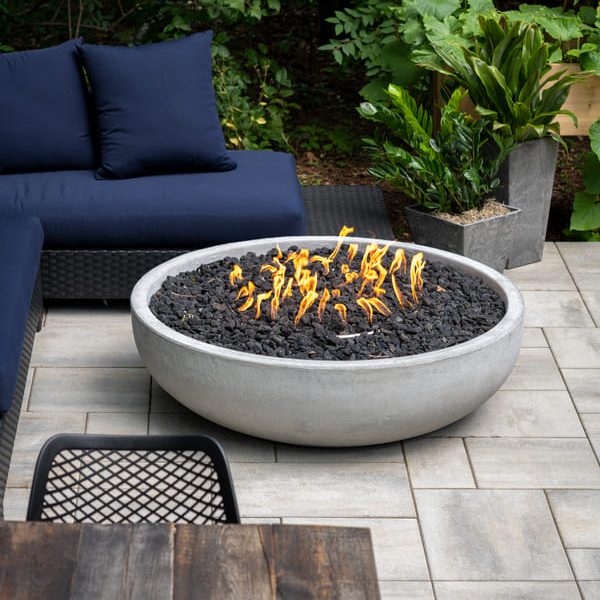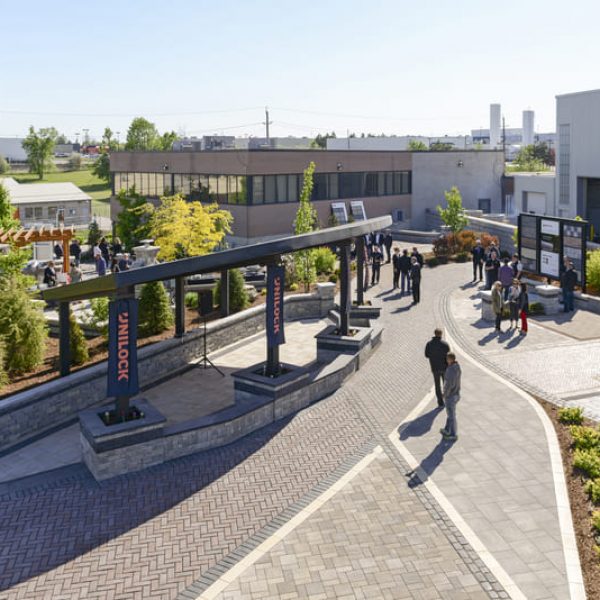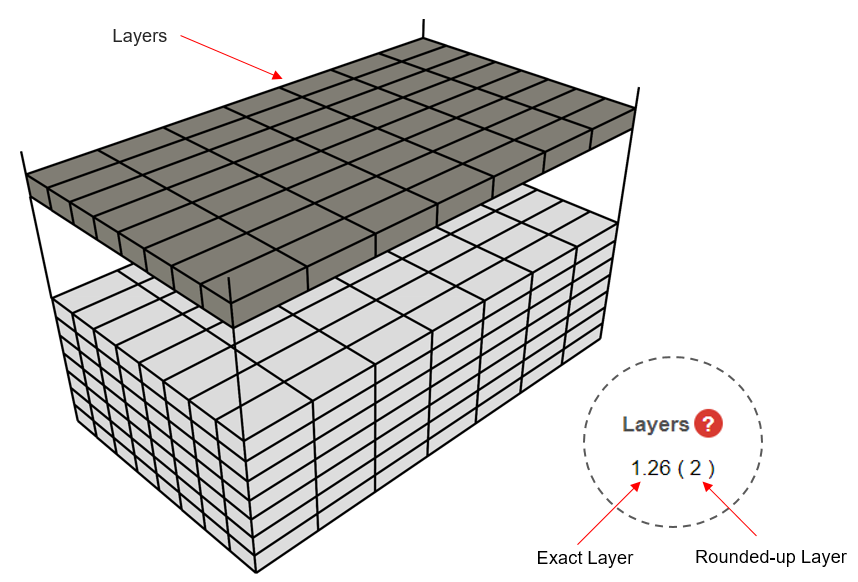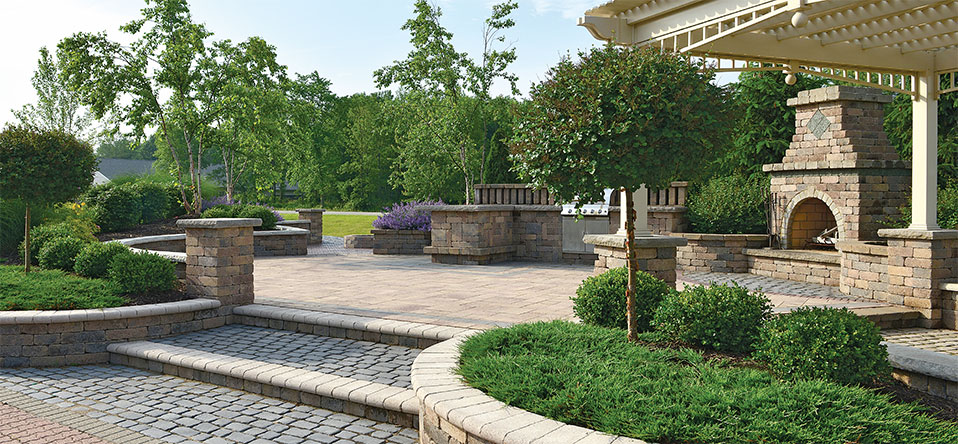
An elaborate backyard loses much of its appeal when you’re constantly elbow deep in its flower beds, maintaining asphalt driveways, or pulling weeds from paver patios. Utilize the following tips to avoid spending more time tending to your landscape than relaxing in it.
Opt for fuss-free flora
Perennial plants will continue to contribute their vibrance to your garden, year after year, while annuals call for regular re-planting. Lavender, a perennial plant, requires very little watering and can add a burst of color and a lovely aroma to your patio. Choosing drought-resistant plants and slow-growing shrubs that rarely need to be pruned will also cut your gardening time in half. Showcasing a few eye-catching plant varieties can have as successful an aesthetic impact as overflowing plant beds, while requiring much less maintenance. A few trees can make a garden seem fuller and opting for evergreens and standard shade trees will ensure that debris isn’t dropped into your pool.
![]()
Turn your landscape into a hardscape
Hardscaping refers hard surfaces, or inanimate surfaces, such as garden paths, patios, and the floors of your outdoor rooms. Lawns require work, while hardscapes consist of durable surfaces that, for the most part, don’t need weeding or watering. Embrace your home’s architectural style when designing your hardscape as you can choose to echo it or create a striking contrast with the materials and shapes you incorporate. Consider yielding to the natural contours of your landscape when laying your concrete pavers or natural stone, curving around focal point plant arrangements to create a seamless flow between the natural and manmade elements.
Your outdoor entertainment areas can also benefit from some clever hardscape design tips used to break up expansive patios. Borders, plant beds and low walls can be used to create variation within a large patio by separating different areas and framing focal points. Make a poolside paved with Unilock’s Beacon Hill Flagstone in the warm tones of Almond Grove pop by adding a Town Hall border, for example.
Give your grass some thought
Kids and pets can make a lawn indispensable, in which case a no-mow, low-water variety or artificial turf will ensure minimal maintenance. Slow growing grass between paving stones can maintain a natural landscape beside a tropical pool. Ornamental grasses, which require little care, can be planted between the large concrete slabs of your contemporary landscape or can be used as edging to frame plant beds and line pathways. Edging can also be created using pebbles, cobblestones or bricks and serve to prevent your lawn from creeping into your garden beds, while simplifying mowing and edge trimming.
Beds of mulch are an alternative to grass that fertilizes your plants, prevents weeds and does not have to be mowed or watered. A striking contrast is created between dark mulch and the light green shades within plant leaves or light sandstone edging. An option requiring even less maintenance is wood chips or pine straw with pea gravel or river rocks, which doesn’t have to be replaced every year.
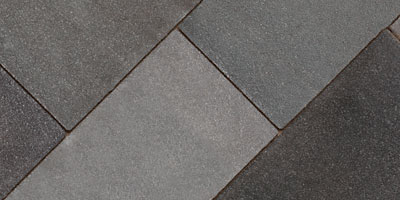
Pick low-maintenance materials
Unilock offers a wide variety of concrete pavers that mimic natural stone but are more durable, resulting in fewer repairs. If you’re set on natural stone, however, be sure to check out Natural Stone by Unilock which is frost-resistant due to its low water absorption and thus will be protected from breakage due to freezing. Also choose concrete pavers sought after for their easy-to-clean surfaces, allowing you to forget about hours of scrubbing and washing. Note that a solid foundation is essential to any stone surface, usually comprised of a recommended six to eight inches of compacted gravel, which will prevent the need to later remove weeds and replace stones due to settlement.
Invest in irrigation
Irrigation systems are essential to a low-maintenance garden, managing your garden’s health on your behalf. With the installation of a timer, you don’t even have to remember to switch your system on and a rain sensor serves to switch it off when it rains. ‘Smart sprinklers’ use such sensors as well as data collected from weather forecasts and a database of the specific water requirements for certain plants to deliver the right amount of water at the right moment. These systems promise an easy and convenient landscape maintenance routine by allowing you to control your watering schedule and check on your garden’s moisture levels via your phone or tablet. The annual winterization of your irrigation system and a bi-annual check of its battery, timer and components are the only maintenance commitments required.
